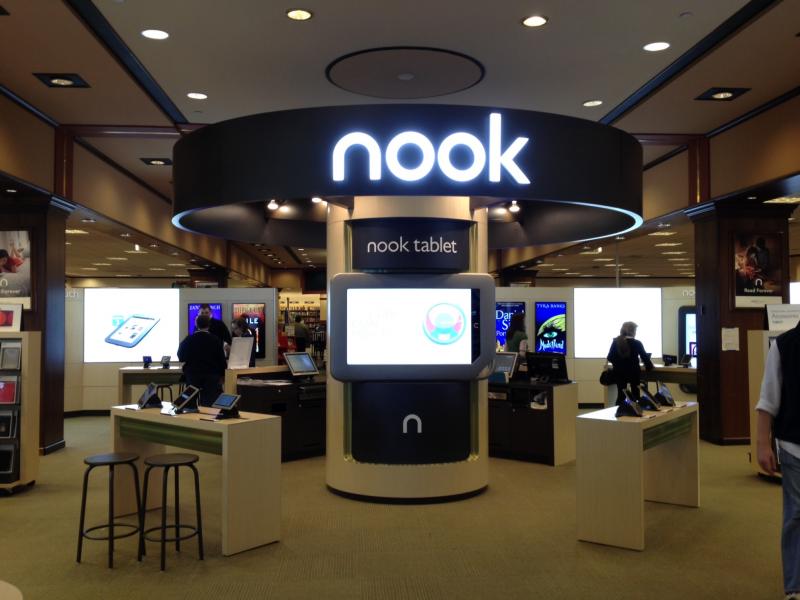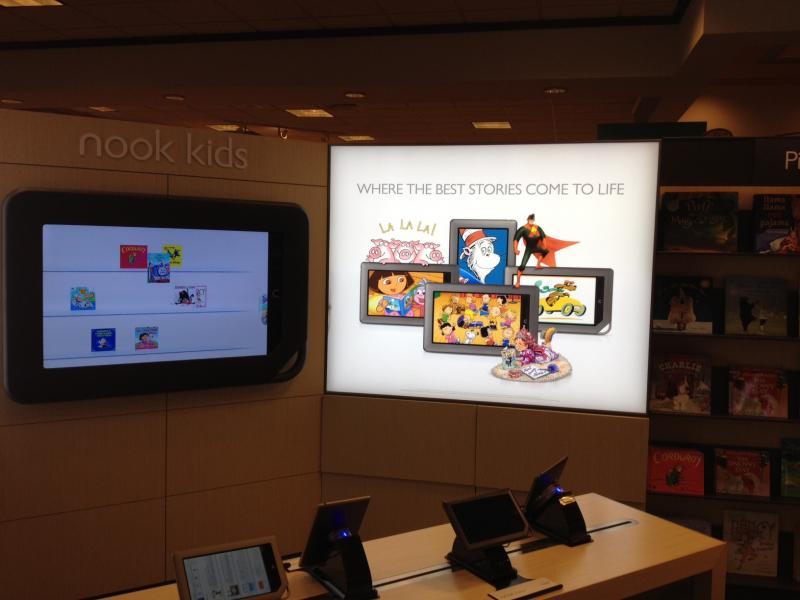The Nook Boutique: How Channel Matters To Product Strategists
The link between product strategy and channel is often overlooked, but strong: In our most recent survey of product strategy professionals, 33% say that they, personally, define the channel strategy for the products they sell. In other organizations, product strategists must work with more specialized channel strategists. Either way, channel is a determinant of success in any product strategy.
In the consumer electronics industry – and more specifically, the rapidly changing tablet market – channel presents a major challenge to product strategists. Most product strategists sell their tablets at Best Buy, a retailer that receives high foot traffic from engaged buyers, but which contains a lot of competing models. It’s easy for any individual tablet product to get lost at Best Buy, particularly when the retailer is offering plenty of Android tablets with limited meaningful differentiation among them. Buying end caps (which are expensive, if differentiating) can help, but it’s not always clear that the Blue Shirts can explain every tablet’s value equally.
Apple has this quandary beaten: Its Apple Stores form the core of its retail channel, and after a product like the iPad has been popularized, Apple also sells via mass-market retailers like Wal-Mart and Target. Competitors haven’t been able to match Apple’s winning formula, though Microsoft is starting to roll out its own stores.
Barnes & Noble offers the most interesting test case: As Sarah Rotman Epps has written, the brick-and-mortar stores play a very central role in the product strategy of the Nook Tablet. The new Nook Boutique has finally launched (see photo below); how is it stacking up?
So far, it’s a great start. It’s a fairly radical change, if you think about it – turning bookstores into consumer electronics stores. Based on my visit to a single Nook Boutique (in Framingham, MA), I found:
- Logical breakouts centered around usage scenarios. Usage scenarios focus on user groups (like Nook Kids – see second photo below) or specific product features (like Nook Newstand, Nook Apps, etc.). These scenarios allow Barnes & Noble to communicate the specific features of the device that shine.
- Pleasant integration into physical products. Books and magazines pepper the boutique (particularly on the outside), and are juxtaposed with the tablets to communicate the usage scenarios. A number of accessories (principally Nook cases) also feature into the displays.
- Friendly staff. Critical to any channel experience is the ability to have well-trained staff interacting with customers. I didn’t quiz the staff at the Nook Boutique, but I found them pleasant and engaged with a number of customers. Barnes & Noble CEO William Lynch spoke at Forrester’s recent Consumer Forum and said that staff incentives are designed to make the Nook Boutique’s success important to every employee.
All in all, it’s a good start for Barnes & Noble in its bid to transform itself from a book store into a Nook Store.


Photo credits: J. P. Gownder
